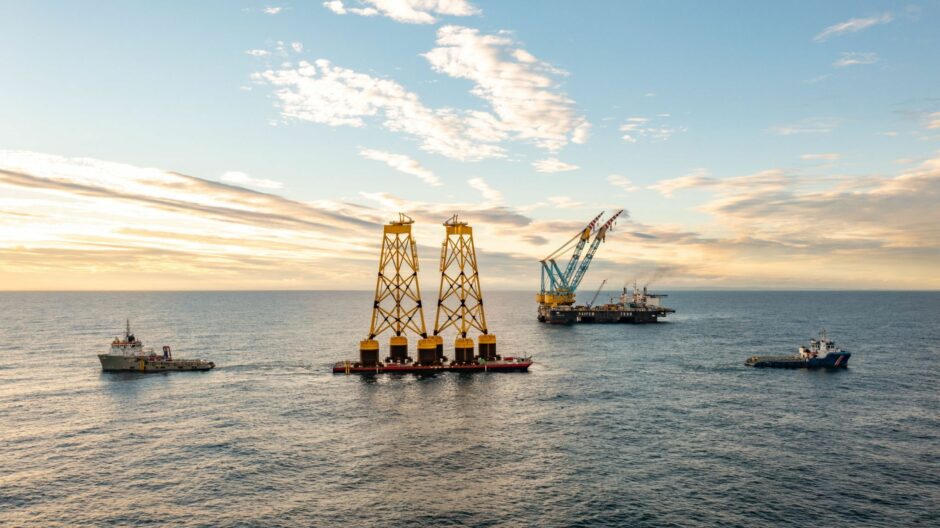
Fluctuating commodity prices and a wave of early retirees mean the oil and gas supply chain has been drawn away from more work in offshore wind, according to a panel of industry contractors.
Speaking during a panel session at the All-Energy conference in Glasgow on Thursday, offshore wind suppliers said they had seen a “marked divergence” in strategy as oil and gas contractors pivoted away from renewables during period of higher oil prices.
In a session focusing on “charting a course to success” for the offshore wind supply chain, and led by Offshore Wind Champion Tim Pick, panellists from industry and government suggested offshore wind was often forced to ‘do its own thing’ as talent and capacity were diverted.
Asked whether the industry was doing enough to attract oil and gas-focused firms into the burgeoning offshore wind market, Xodus offshore wind strategy boss Scott Hamilton said he had seen a mixed response over the last decade.
“When I first started in this industry there was an awful lot of overlap between the two sectors,” he said, pointing to businesses which offered heavy lift and accommodation vessels for both oil and wind.
“But we see a divergence – and it’s a marked divergence – when the oil price recovers,” he added.
“When there’s a peak in the oil price we go down our own path and offshore wind has to do its own thing because the oil and gas supply chain goes away.
“Every time we draw the oil supply chain in, there’s a peak and then it goes away again, so that’s why there are very different approaches.”
It comes amid a looming crunch in capacity for some offshore work in the North Sea, particularly as the wind and decommissioning sectors look to compete for the same assets.
“It’s not so much about can we do more to bring these people over; they have very different, competing interests,” added Mr Hamilton.
It was an opinion shared by Seaway 7 engineering director Alan MacLeay, who noted: “There’s an expectation that people will come across from oil and gas when this sector really takes off, but in reality the average age of people working in oil and gas is quite high.”
And while younger people are moving into renewables, that aging workforce poses issues for both industries.
“One of the challenges we’re seeing now in oil and gas is because of the number of dips we’ve had and the number of people who’ve retired early they’ve not come back to the sector.
“It’s actually a threat to this industry because not enough have come back in the short term.”
Mr MacLeay had earlier said that his company employed around 1,000 ex oil workers who were now working largely in wind. However, he also emphasised the need for a steady pipeline of wind work in the coming years, compared to the previous decade of “lumpy” contracting which had made investment tougher.
Wind only blows one way
Meanwhile Andrew Duncan, renewables director at shipping group North Star, said the wind industry had “ploughed its own field” successfully, despite some initial scepticism from oil and gas.
At the same time, the absence of fluctuating commodity prices had led the industry to be firmer in its drive for cost reduction.
“Wind has had to really cut its cost because unlike oil and gas the price doesn’t change much – in fact it’s only going one way,” he told the panel.
“Everything has to get more efficient, smarter and leaner and as an industry offshore wind has done that.
“I think sometimes that’s not realised by certain elements of the oil industry.”
Recommended for you

 © Supplied by Andrew Dykes
© Supplied by Andrew Dykes